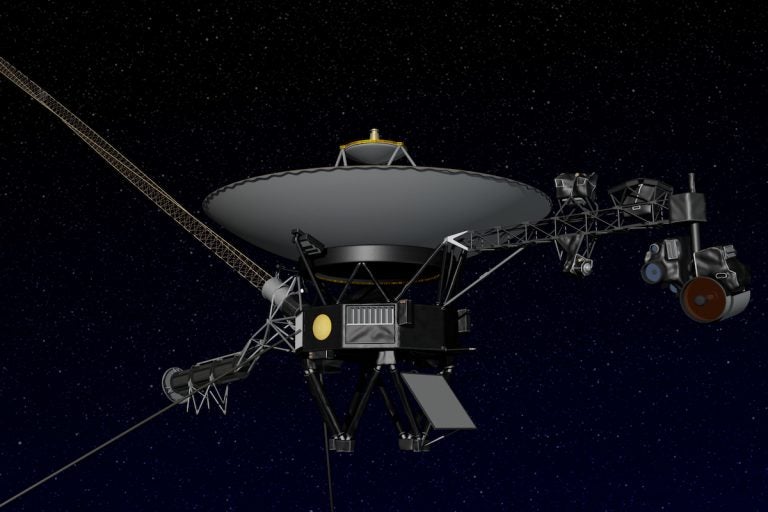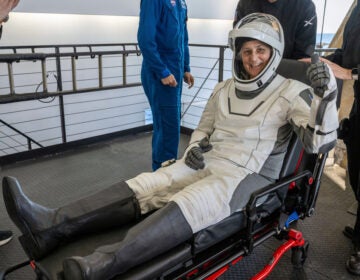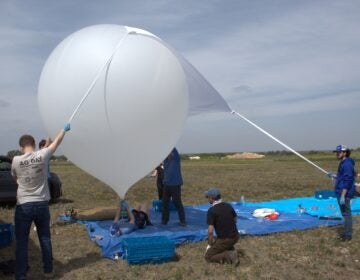Adieu to Voyager 2

Artist's concept of NASA's Voyager spacecraft. Image: NASA/JPL-Caltech
41 years since it left Earth in the rear view mirror, NASA’s Voyager 2 bids adieu to our solar system. Earlier this week, engineers monitoring transmissions detected a significant drop-off in solar wind buffeting the spacecraft and a dramatic increase in the cosmic ray count – clear indicators that Voyager 2 has stepped off into interstellar space.
It is now traveling at 34,000 mph, and at some 11 billion miles away, it takes sixteen and a half hours to transmit back to earth. Its next destination is 40,000 years away, but as the science instruments are turned off to conserve energy, we’ll lose communications and a fix on the probe’s location by the 2030s. Only the biggest radio receiver dishes in Australia can hear the spacecraft now.
Winter Solstice is next Friday, when, at 5:23pm, Earth’s north rotational axis will have its greatest degree of tilt away from the sun.
Monday is the 115th anniversary of the Wright Brothers’ first powered flight.
On that day there were four flights. The first lasted just 12 seconds flying only 120 feet; the last flight of the day flew 852 feet over 59 seconds.
WHYY is your source for fact-based, in-depth journalism and information. As a nonprofit organization, we rely on financial support from readers like you. Please give today.




